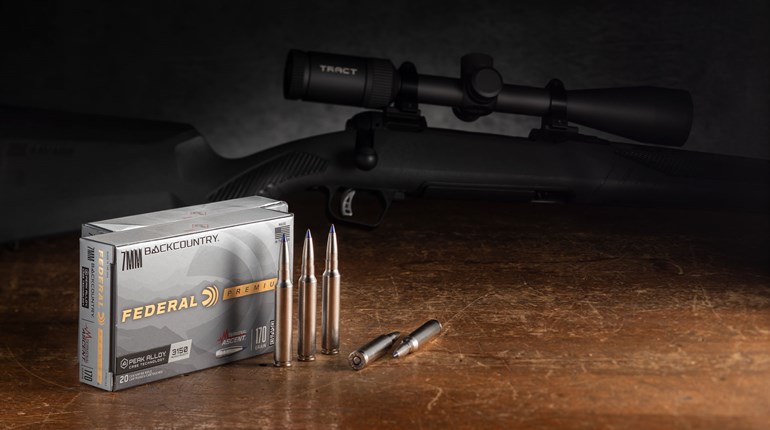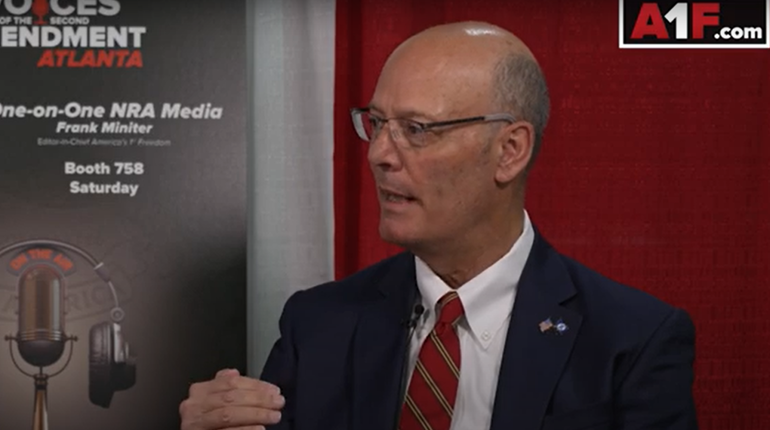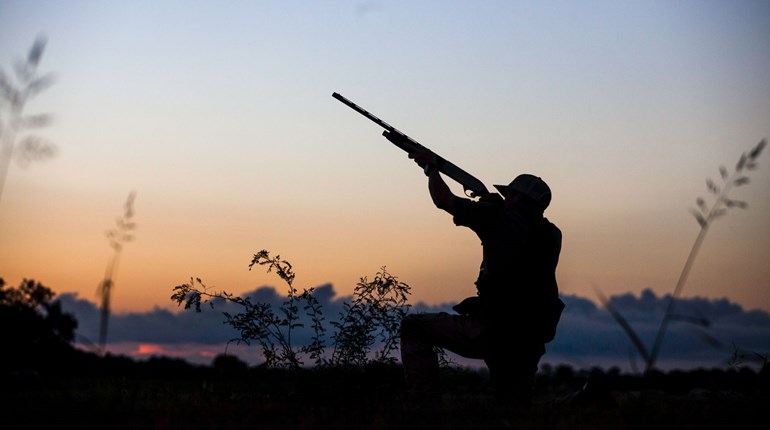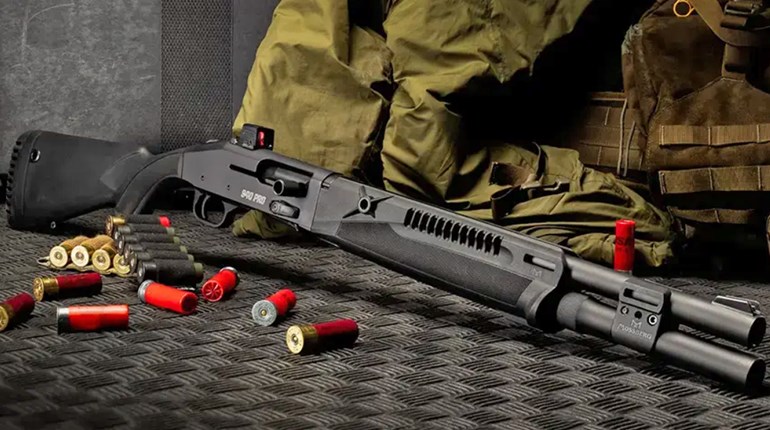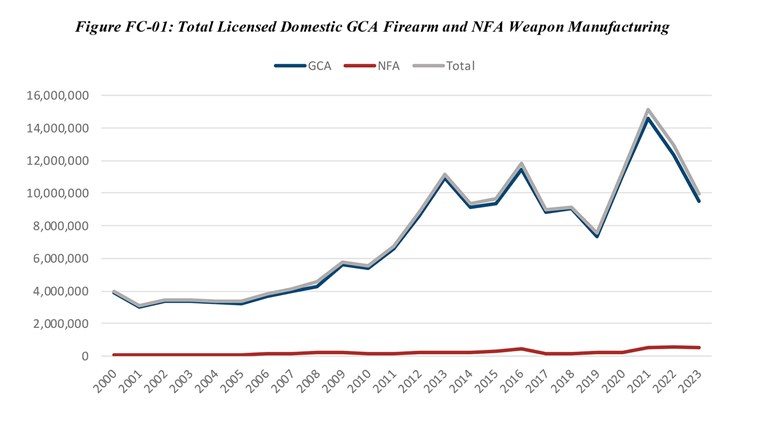
Rarely can you watch, let alone photograph, a massive big-game animal in the wild before taking it. But there we were atop a New Zealand foothill, above shadowy gorges topped by white-capped mountains in the distance, peering just over a rolling foothill at two roaring red stags standing in the grassy open 200 yards away.
It was early April—fall in New Zealand—and gusts of cool wind were coming up the valley from Lake Wanaka like a churning, incoming tide and crashing in turbulent waves against us. Afternoon sunlight was flooding over the foothills, but not touching the deepest bottoms. In front, the two red stags continued to roar. Other bulls were roaring on the hillsides and from the valleys below.
The grandiose scene was almost too surreal to take in all at once. When everything seems to have the quality of a dream, as it has before to me in Africa and Alaska and in lands between, I try to compartmentalize. In this case, first, I listened. If you’ve never heard a red stag roar, go to our outfitter’s website (Venator Cardrona Safaris) and treat yourself to the New Zealand red stag’s guttural attempts at dominance. On this enchanted island the roar felt both primal and mysterious, as if there was a world around us full of strange creatures from storybooks. You might even see and hear the bull that was below us, as this stag was a star of their website at the time—though I didn’t know this then.

As we looked over the panorama, it wasn’t difficult to see why this nation was chosen to bring J.R.R. Tolkien’s Lord of the Rings trilogy to the big screen. Indeed, in the far distance was a mountain I recognized from background shots from the films. This was Mount Sentinel. Its peak doesn’t go straight up, but has a crook in it like a witch’s hat.
After listening and visually exploring the scene we were within, I went to my camera. Now, it would usually be a mistake for a big-game hunter to go for a camera before the rifle—opportunities, after all, are fleeting at such game. But the guide, Westi, needed time to look over the animals, and the setting was too gorgeous not to photograph.

But then, as I snapped frames, Jesse Whiteside, a vice president of product management and R&D for Vista Outdoor, chose this beating moment to whisper to me, “I wish we had our 7mm Backcountry ammo for this. It’s gonna be big.”
I looked away from my camera and at him as he knelt beside me. He didn’t make eye contact. Our heads were just peeking over the brown grass on the rolling ridgetop. I looked back down at the bulls. I didn’t need that teaser as this moment.
“What?”
He smiled, but kept his eyes over the falling ground to the roaring stags.
“Big?” I whispered. “That stag? Yeah, but they all look big to me.”
“No, the cartridge … . Gonna change everything,” said Jesse nodding with his eyes on the stags.
Before I could prod some more, Westi said, with satisfied expectation, “That’s the stag we’ve been looking for all right. Ready, Frank?”
I pushed away my camera and settled behind my riflescope. The stag was 200 yards away and in the wide open. I had a bolt-action rifle chambered in .30-06 and Jesse had a .308. We were using Remington ammunition, though it wasn’t the Premier Remington Long Range ammo Jesse shipped for this hunt, and it wasn’t the shockingly exciting new cartridge about which he was teasing me.
Jesse had tried to get rifles chambered in the new 7mm Backcountry for this hunt, but it typically takes six months to navigate New Zealand’s firearm-import process and this cartridge was so new that the various gunmakers chambering it (see sidebar) could not meet that timeline. So, Jesse shipped Premier Remington Long Range ammo—hardly a second-rate choice—but a bureaucratic snafu held it up on the North Island and we were on the South Island. Sure, Jesse kept getting text messages updating him on the ammo shipment’s progress, but alas, the bureaucracy could not be sped up.
At the shot, the stag ran forward and onto a very steep section of grass-slathered ground. I bolted in another cartridge, but all I could see in the scope was his immense tangles of antler.
“Can’t shoot,” I said. “His Christmas tree for antlers is in my way.”
Westi smiled.
Jesse nodded.
The stag got wobbly.
Then the bull stumbled and fell onto his right side and began to roll. For a dire moment, it looked like he’d continue to the bottom where he’d likely bust up his huge rack. But he snagged on brush and trees that seemed to be crowding together for protection from the wind. Minutes later, we’d have to use a saw to cut the stag’s 550 inches of antler from the brush.
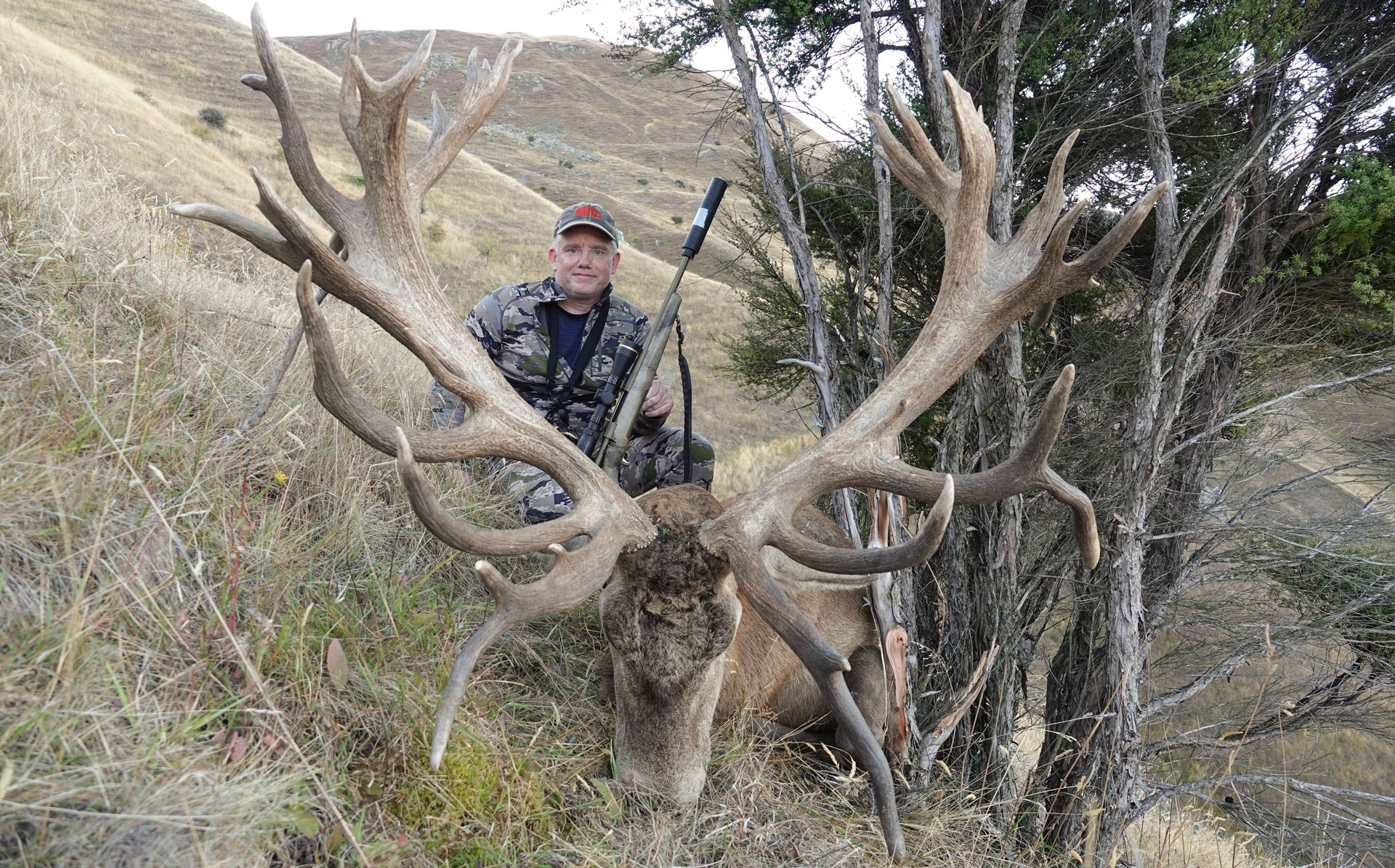
On the way down the ski-slope-steep hillside, I asked Jesse to explain. And he started to, but Westi stepped too close and Jesse said, “Later.” This secret was too big for the guides.
When we got back to the lodge that evening Jesse was perturbed. His ammo package still had not arrived and it didn’t look likely to arrive before the end of the hunt. I pulled back, intellectually at least, and waited.
The next morning, we sat in the moving grass as the wind pushed it over and then released it with light gusts.

Within a trip into a foreign landscape there are always moments things revolve around in our memories. This is the image that has the feel of the place, the momentum of the journey. On a trip like this, there are of course many. I recall us wending along the spire of a foothill, as if we were atop the world, and stopping to look down at a huge stag standing like a mountain goat on a cliff way below. He was roaring, but we couldn’t hear him, as the wind was taking his voice away and down into a valley. “If we shot him there, he’d fall and smash all those points into pieces,” said Westi.
I also remember the face of a big stag in the dark of the brush just 10 yards away. He was holding in a deep shadow to let us pass as we hunted fallow deer. I looked into his dark left eye and saw breath from his nostrils in the cool mountain air, but we didn’t bust him out of the cover. I remember the tilt of the helicopter as we went high into the peaks in search of tahr—ungulates related to goats and sheep that look like big balls of dark hair—and can still feel the nausea from the vertigo. And I can still see and feel the rise of the huge rainbow trout on my fly as we stalked fish in a wide, free-stone stream.
But Jesse’s stalk and the bullet strike seen before the shot was heard is what comes to me first and most vividly.
The evening before we watched this tremendous stag with matching drop tines come for a mile down a valley as he roared. The light faded and we left hoping to see the stag again. The next morning, we found him bedded high. From below I could see Jesse and his guide, Marcus, stalking and crawling up a point. I could see the stag on the other side, too. I watched the stag get up when a smaller stag saw something. Then I saw the shot impact before I heard the rifle report. That scene, more than any other, should have been filmed.

When we reached the end of this week, Jesse and I found a quiet place by a fire to talk about the cartridge. He was so excited about it—and it is a big leap forward—that, months later, I travelled to Minnesota just to shoot the 7mm Backcountry. I explain the advancements of the new cartridge in a nearby sidebar.
It was so much on my mind as we left New Zealand that the closing line of F. Scott Fitzgerald’s classic The Great Gatsby occurred to me: “So we beat on, boats against the current, borne back ceaselessly into the past.” This, after all, is the modern dilemma of the big-game hunter. We are both being pulled back and forward in time. We are drawn to the nostalgic quality of the fields and forests and to the primal and natural pursuit of our quarry away from all the modern nags for our time. We are nevertheless also pulled onward toward better cartridges and other advancements. Somewhere between the two, we must be careful to maintain the fair chase—these things aren’t necessarily in conflict, and only become so if we are not careful.
Quality ammunition is in step with fair chase; after all, it is the bullet that reaches out to the game. It is precisely what—as ethically and humanly possible—puts down the game. So it is, quite literally, the thing we count on most of all to keep hunting ethical. So then, for this New Zealand adventure, we almost had ammunition that was one big step forward. But then, it is a testament to the constant advancements of American engineering that neither of us doubted the ammunition that came from the old boxes of Remington we carried.

Federal 7mm Backcountry
Last October, I travelled to Minnesota to experience the 7mm Backcountry. Federal wanted to make its attributes obvious to us, so they had us fire the cartridge from benches and blinds to distant steel targets before and after shooting other magnum cartridges. They wanted us to see if we could feel any increase in perceived recoil from the extra 200 fps or so of velocity the 7mm Backcountry has—I could not feel the difference.
They also had us carry rifles with standard-length (24-inch) barrels with suppressors attached in the woods and into blinds before carrying rifles with 20-inch barrels chambered in 7mm Backcountry, also with suppressors attached. They did this to show us what a big deal this new technology is, as the 7mm Backcountry enables hunters to get the same performance from shorter-barreled rifles.
This is possible because the 7 BC is loaded in a steel case, not brass. Federal spent six years perfecting this casing. Like brass, it expands and contracts slightly when fired. This is critical, because if it didn’t “bounce back” it could potentially become stuck in a rifle’s chamber. Federal is calling the secret steel formula it is using “Peak Alloy.” I enjoyed making the engineers and marketing team laugh by asking about the secret ingredient.
The steel casing is lighter than brass, but holds the pressure better. As we shot, chronographs told us whether we were shooting 7 BC or a similar “old-fashioned” cartridge, as the 7 BC was 200 fps or so faster.
The bullet choices already available are no different. Riflemakers—and a lot of small and major manufacturers already have models available (seven had rifles there for us to shoot)—have not even had to redesign guns to handle the increase in pressure, as the steel cases handle the increase. Gunmakers already chambering 7mm Backcountry include Weatherby, Aero Precision, AllTerra Arms, Christensen Arms, Fierce Firearms, Geissele Automatics, Gunwerks, Horizon Firearms, Proof Research, Pure Precision, Savage Arms and Seekins Precision. federalpremium.com













